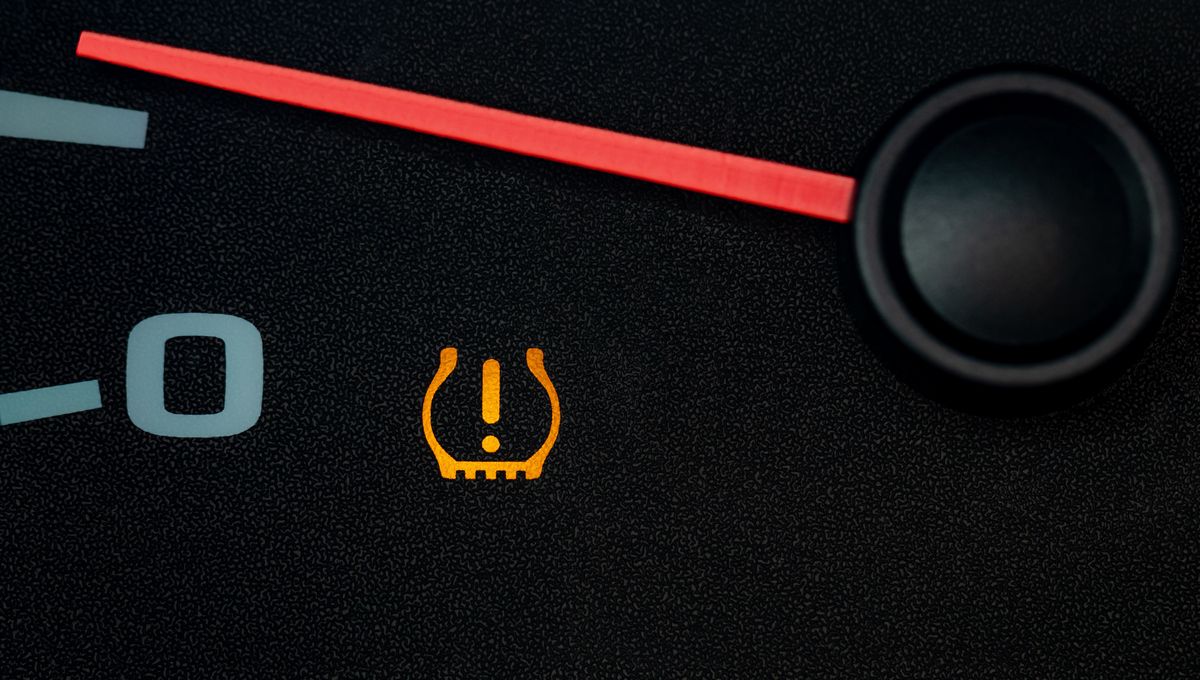
If you own a car, you may have noticed that a little warning light, depicting a flat tire with an exclamation mark in the middle, tends to turn itself on much more often in the cold, winter months.
First up, it’s a warning light that shouldn’t be ignored. It means one or more of your tires has lost pressure, potentially indicating a puncture. But punctures are not the only thing that can cause your tire pressure to drop – temperature can do it effectively on its own.
When you inflate a tire with air, it inflates. So far, so simple. You keep pumping, until the tire is so full of air crammed into a small area that it pushes at the walls of the tire, enough to support the weight of your vehicle. Since the air pressure inside of the tires is higher than the pressure from the surrounding air and the car on top of it, it keeps your car from scraping and screeching across the ground during drives.
The air molecules inside your tires are not one static blob, however, but bounce around constantly, exerting this outward push. And as you probably know from school, or at least from the “thermometers are just speedometers for atoms” meme, as the temperature drops in winter the air within your tires stops moving around so fast and so the outward pressure drops.
“A good estimate is for every 10° [F; 5.6°C] fluctuation in air temperature, vehicle tire pressure will adjust by about 1 psi,” Tire Buyer explains. “So if outside air temperature decreases 30° [16.7°C] from your last tire pressure adjustment, expect tire pressure to drop about 3 psi.”
That’s about 6.9 pascal for every 5.6°C drop in temperature, for any metric fans in the house, though this depends on your tires and is only a rough rule.
You may wonder how the outside temperature affects the air sealed away inside your tires. As the temperature in the material of your tires drops, that means the individual molecules within it are moving around less. As such, the air inside collides with the material and transfers energy to it as heat, eventually slowing the air inside (making the temperature drop).
Meanwhile, on hot days, or after a long journey that heats up your tires through frictional forces, your tire pressure will increase. This is something that you should factor in when refilling them with air.
“Michelin recommend waiting two hours after a journey before you check tyre pressures unless the journey was only a couple of miles at low speed,” the AA explains. “If you’re checking tyres on a petrol station forecourt in the middle of a journey then as a rule of thumb add 4 or 5 psi to the (cold) pressure figure quoted in the handbook.”
But be it in cold weather or hot, whenever you see that warning light, please don’t ignore it entirely.
All “explainer” articles are confirmed by fact checkers to be correct at time of publishing. Text, images, and links may be edited, removed, or added to at a later date to keep information current.
Source Link: Why Do You See This Warning Light So Often In Winter?